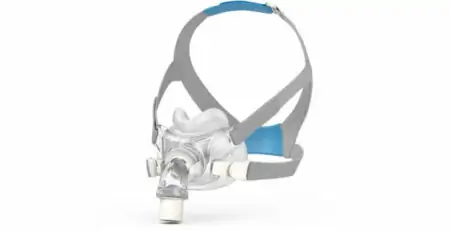Restless legs syndrome, what is it and how to treat it?
Restless legs syndrome (RLS), also known as Willis-Ekbom disease, is a neurological disorder that causes an irresistible urge to move the legs, usually accompanied by unpleasant sensations. This syndrome affects patients’ quality of life, especially at night, as it interferes with sleep and rest.
What is restless legs syndrome?
Restless legs syndrome is a condition characterized by an uncomfortable sensation in the legs, often described as tingling, burning, itching or even pain. These sensations are often aggravated when resting, particularly when lying down or sitting for long periods of time. The only way to temporarily relieve this discomfort is to move your legs, which can make it difficult to rest and sleep.
IPS can occur at any age, although it is more common in older adults. It also tends to be more common in women than in men. Although it is not a serious illness, it can significantly affect quality of life, causing fatigue, daytime sleepiness and concentration problems due to lack of sleep.
Causes of restless legs syndrome
The exact causes of restless legs syndrome are not entirely clear, but several factors have been identified that can contribute to its occurrence. Genetic factors play an important role, as RLS tends to run in families. It is also thought that an imbalance in the levels of dopamine, a neurotransmitter that regulates muscle movement, may be related to RLS.
Iron deficiency, especially in the brain, is another common factor, as it affects dopamine production. In addition, pregnancy, certain chronic diseases, such as diabetes or kidney failure, and some medications, such as antidepressants or antihistamines, can increase the risk of developing PIS.
Symptoms of restless legs syndrome
The symptoms of IPS vary in intensity and frequency, but usually include unpleasant sensations in the legs, such as tingling, burning, itching or pain, usually located in the calves, but can also affect the thighs or feet. This discomfort causes an irresistible urge to move the legs, making it difficult to rest. Symptoms often worsen at night, interfering with sleep. Although movement provides temporary relief, the discomfort often returns when you rest again.
How is restless legs syndrome diagnosed?
The diagnosis of PIS is based mainly on the patient’s description of the symptoms. There is no specific test for PIS, but the doctor can carry out some assessments to rule out other diseases, such as blood tests to measure iron levels or sleep studies (polysomnography) to assess the quality of rest.
In addition, the doctor can use the diagnostic criteria for IPS, which include an irresistible urge to move the legs, worsening of symptoms during rest, temporary relief with movement and worsening of symptoms at night.
Treatments for restless legs syndrome
The treatment of IPS depends on the severity of the symptoms and the underlying causes. In mild cases, lifestyle changes may be enough to control symptoms. Regular physical activity, such as walking or swimming, can help reduce symptoms. Establishing a regular sleep routine and creating an environment conducive to rest is also essential. Reducing caffeine, alcohol and tobacco consumption, especially in the evening, can reduce symptoms.
If there is an iron deficiency, the doctor may recommend supplements to normalize levels. Some studies suggest that magnesium or B vitamin supplements may be beneficial. In more serious cases, the doctor may prescribe medication such as dopamine agonists, anticonvulsants or, in extreme cases, low-potency opioids. Alternative therapies such as massage, stretching or acupuncture can also provide relief.
Tips for living with restless legs syndrome
Living with SPI can be challenging, but some tips can help manage symptoms. Keeping a symptom diary to identify patterns or triggers is useful. Practicing relaxation techniques, such as yoga or meditation, can reduce stress. Avoiding sitting or lying down for long periods without moving is also recommended.
Restless legs syndrome is a condition that, although not serious, can significantly affect quality of life. With a correct diagnosis and personalized treatment, it is possible to control symptoms and improve rest. If you suspect you have RLS, consult a doctor for advice and start a treatment plan tailored to your needs. Don’t let SPI control your life – there are solutions to restore well-being and restful sleep.
Terapiacpap
Latest posts by Terapiacpap (see all)
- Sleep apnea for the newly diagnosed: everything you need to know - 5 de March de 2025
- Restless legs syndrome, what is it and how to treat it? - 28 de February de 2025
- Consequences of not treating sleep apnea: health risks - 21 de February de 2025
- Exercises to strengthen breathing and reduce sleep apnea - 14 de February de 2025
- Tips for renewing your pillow and sleeping better, not just any pillow will do! - 28 de January de 2025













